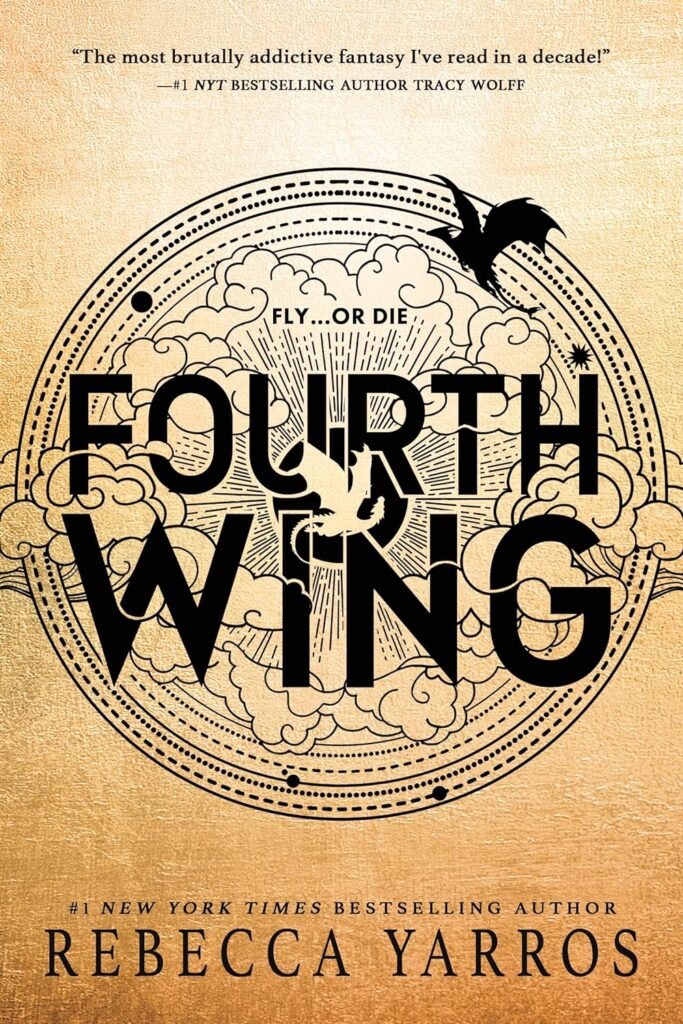The Mysterious Death of Katherine Parr by June Woolerton — Explore more about the fascinating life and enigmatic death of Katherine Parr, the last wife of King Henry VIII in this non-fiction title. Katherine Parr was a pious queen consort, but what really makes her exceptional is the fact that she was also a pioneer in the history of the English Reformation, not to mention that she was daughter of two gentlemen, renowned for her intelligence and other qualities.
In Woolerton we are taken through the compelling and the often hidden political, personal and medical reasons it is suggested Katherine may have died young, just a year after Henry VIII in 1548. A meticulous piece of research marrying subtle investigative skills with a form of historical narrative, writes Melanie McDonagh, and at the same time revealing a light on a Tudor mystery that endures.
Contextualizing Katherine Parr’s Legacy
She is, of course, Katherine Parr—the queen who survived Henry VIII. Yet Woolerton goes much further than this simple framing to show Katherine as an influential reformer, an accomplished writer, and a nuanced political actor.
To start, the book covers Katherine’s early life; it details how she was raised by a relatively unremarkable noble family. Woolerton points to Katherine’s mother, Maud Green, who made sure her daughter became educated in an era where most women were not educated.
It set in motion Katherine’s role as a patron of humanist scholars and as a published author herself, making her a significant player in the intellectual trends at the Tudor court.
As such, Woolerton manages to make Katherine’s biography as a narrator, blend seamlessly into wider historical events —such as the painful religious reforms executed during Henry VIII’s reign.
Katherine dealing with all of these political and religious chaos is portrayed in a way that shows her intelligence, as well as her precariousness as queen. Woolerton describes Katherine as both a stabilizing influence in Henry’s turbulent court and a subtle revolutionary in support of Protestant reform.
Also a subject of analysis by Woolerton are Katherine’s contributions to the Reformation. Katherine, who was a highly religious Protestant, printed a book—Prayers or Meditations—that was the first book ever published in English by an English queen.
It was an advancement towards allowing the masses access to religious material. It was not only through her writings that she had an impact; she also provided active encouragement and support for reformist clergy and scholars.
Woolerton effectively shows how Katherine’s faith, while a personal strength, was an extremely dangerous issue in the conservavtive, often hostile, and dangerous world of the Tudor court.
The Marital Chessboard: Katherine’s Relationships
Woolerton gives Katherine depth as a person, particularly through how she interacts within her relationships and conflicts, especially her marriages, as one of the most intriguing topics of the book.
Katherine was married four times, dealing with prominent men from her first alliance with Edward Borough as a young girl to her infatuation with Thomas Seymour that almost ruined her and her family.
It is here that Woolerton draws vital connections between Katherine and those in her life as well as the context of the time.
Edward Borough and John Neville: Early Marriages
Woolerton starts with Katherine’s first two marriages – first to Edward Borough and then to John Neville, Lord Latimer. The unions were not the stuff of tabloids like Katherine’s later marriages, but they were instrumental in developing both her character and her political savvy.
Woolerton offers a colour-filled image of Katherine as a recently bereaved young wife dealing with estate management in a Tudor society rife with family politics and powerplay. Amongst other things, her marriage to Lord Latimer literally put her on the doorstep of the Pilgrimage of Grace: an important Henry VIII.
In this turbulent environment Woolerton discusses Likely the events Katherine experienced at the time affected her behavior when she became queen.
Henry VIII: The Aging Tyrant
Woolerton’s depiction of Katherine’s union with Henry VIII is especially subtle. Katherine avoided Henry’s infamous wrath, with her wits and charms, unlike her predecessors. Woolerton looks inside Katherine as a stepmother to Henry three children, a de facto regent during his military campaigns, her role in the Yorkist courts, and the latin phrase “Good Women” referencing Katherine’s diplomatic skills and politics.
Perhaps one of Katherine’s most important legacies, her attempts to ensure reconciliation of Henry with his daughters, Mary and Elizabeth, both of whom would later follow him on the throne and to whom his marriage to Katherine would provide the legal basis for the unification of the Tudor dynasty.
But Katherine faced some obstacles in her role of queen. Woolerton explores the heresy accusations made against Katherine in 1546, causing her great jeopardy of death. Using discursive scrutiny of contemporary records, Woolerton shows how Katherine’s presence of mind and sharp political skill saved her in this situation, earning herself the title of one of Henry’s most resourceful wives.
Thomas Seymour: Love and Betrayal
The last segment of the work discusses Katherine marrying Thomas Seymour, a marriage based on passion rather than sense. Woolerton describes scenes from their life together, such as Katherine’s longed-for pregnancy and sultry rumors swirling around Seymour’s behavior.
The book explores Katherine’s personal happiness versus the risk of connecting herself with the ambitious, reckless Seymour; both sides are heartbreaking.
This analysis of Seymour’s ambitions by Woolerton is an interesting addition to the story. Relation to Katherine was overshadowed by alleged flirtations with Princess Elizabeth and his questionable behavior as a stepfather to Edward VI.
In Woolerton’s exploration of these dynamics she provides an insightful understanding of the struggles Katherine faced in that last marriage.
The Central Mystery: Katherine’s Death
At the heart of Woolerton’s book is her investigation into the death of Katherine, who died only days after giving birth to her daughter, Mary Seymour. While Katherine was officially diagnosed with puerperal fever — an infection common after childbirth — many have speculated about the possibility of foul play.
Woolerton reviews the contemporary reports of Katherine’s last days, including her words in delirium that her husband, lord of the bedchamber, had poisoned her. Such accounts raise the question of the possibility of foul play.
Medical Analysis
With an in-depth treatment of medical practices of the periods, Woolerton contextualises the diagnosis of puerperal fever. She examines the state of Katherine’s place of labor and future needs, noting that sterile procedures were not available and that maternal mortality rates were high during the time.
Using modern medical knowledge Woolerton also traces the symptoms we have all read about in past records, giving a credible reconstruction of Katherine’s final illness.
Tread softly, Woolerton warns; theories are impossible to prove, natural causes plausible: they are open to suggestion, and other explanations exist—poisoning, for instance.
She explores the hazardous chemicals that you could find in Tudor England and the reasons that may have spurred someone to want to hurt Katherine. Readers can assess the evidence for themselves and decide, and Woolerton strikes a good balance between opinion and fact.
Political Motives
The book analyses the possible political motives that could have led to Katherine’s death. Woolerton looks at Thomas Seymour’s aspirations, including his supposed plans to marry Princess Elizabeth (the future Elizabeth I).
Some historians suspect that Seymour may have been responsible for Katherine’s death, as it conveniently removed a potential impediment to his schemes. Woolerton takes a measured approach to the evidence, providing a remarkably even-handed analysis that never sensationalizes while remaining captivating.
Cultural and Gendered Perspectives
Additionally, Woolerton explores the gendered elements of the historical narrative of Katherine’s death. She censors the accounts that turn Katherine into a pawn of masculine ambition, stripping her of agency.
Woolerton, while confronting the sad story of Katherine’s demise, humanizes her legacy by retrieving the misfit as a victor and not a loser.
Writing Style and Structure
June Woolerton: The Mysterious Death of Katherine Parr: A Ghost Story (2022) Scholarly but accessible, this title is appropriate for an academic audience but still suitable for the general reader.
This book is well-researched, using an impressive array of primary sources such as letters, hospital records, and news journals. One of the biggest strengths of the book is Woolerton’s skill in amassing all this material into a coherent and readable narrative.
The chapters of this book well integrate and build off the previous to give a strong sense of both Katherine’s life and death. Thematic sections, such as Woolerton’s chapters on Katherine’s marriages; her religious reforms; and her death, allows the reader to see the multi-faceted nature of her subject without losing clarity.
Woolerton evokes the Tudor court through his writing, which is colourful and explanatory. She balanced detailed analysis with compelling storytelling, which ensures the book will be both educational and enjoyable.
Contributions to Tudor Historiography
The contribution Woolerton’s work makes to Tudor historiography. In Centuries In Love, Woolerton sheds light on an Elizabethan figure usually lost in the shadow of her more colourful contemporaries, Katherine Parr. The focus on medical and forensic analysis in the book stands out, providing a new angle on a centuries-old historical enigma.
Woolerton also unstitches the conventional narratives that suggest Katherine’s passive acceptance of her marginalisation and subordination in the court, documenting Katherine’s contributions academically and politically, thus arguing for being an intelligent, political agent.
This feminist reevaluation aligns with a recent turn in Tudor scholarship toward bringing to the forefront the roles women played in the cultural and political life of the Tudor period.
Conclusion
June Woolerton has done a marvellous job exploring the life of one of the most enigmatic women of Tudor England, The Mysterious Death of Katherine Parr.
Blending academic research with narrative writing, Woolerton creates the powerful image of Katherine Parr as a woman of bravery and intelligence, and garners and empathy during the tragic ending. The book is as much a consideration of the confusion, covering up and intrigue surrounding Katherine of Aragon, as much as it is about the details of her death, and in doing so, it encourages readers to reflect on her death, but also her life and what it represented.
If you are a historian or just somebody who reads a lot and is interested in the Tudors, I think Woolerton has a book here that you will want to read.
It provides a deep and provocative narrative that will have you second-guessing the official stories and the lingering questions that linger in our past. It is a beautiful tribute to Katherine’s life and a timely reminder that women have battled to be heard and acknowledged since time immemorial.
















